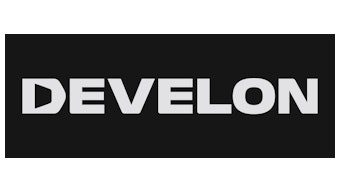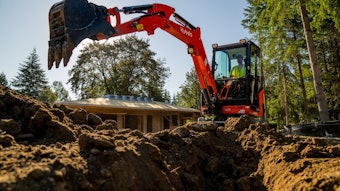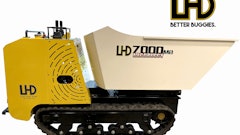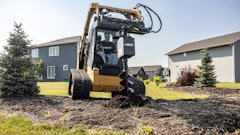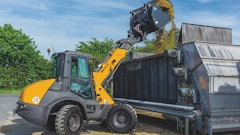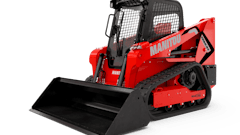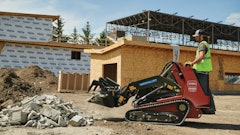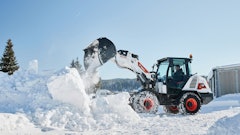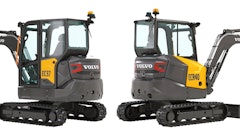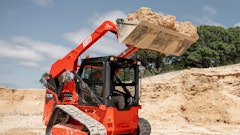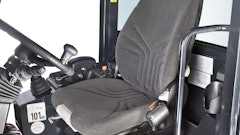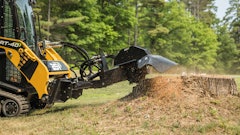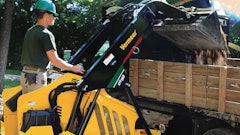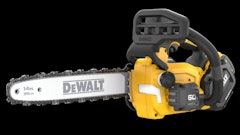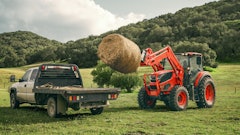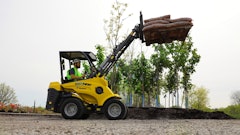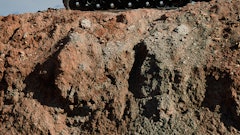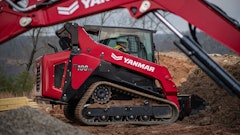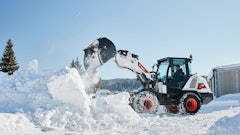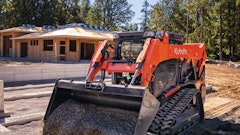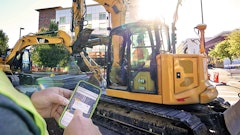
When purchasing compact equipment, landscape pros should first consider their requirements and then match those requirements to the product that they plan to buy, says Mike Fitzgerald, marketing manager at Bobcat Co.
“Matching machines to jobsite requirements will help them become the most efficient in their operation,” Fitzgerald says.
Size and power
First off, Fitzgerald says, companies need to look at the machine power and rated operating capacity—in other words, the size of the machine to match the tasks they’d like to complete.
 It's important to determine which types of attachments work well with each machine.John Deere
It's important to determine which types of attachments work well with each machine.John Deere
Emily Pagura, solutions marketing manager at John Deere, adds that lifting power is the name of the game in hardscaping.
“Additional features don’t make a difference if the machine won’t move the materials you’re working with every day,” Pagura says. “It’s key to start by choosing a machine that will easily handle the weights you move most frequently.”
Type of machine
Next, hardscape contractors need to know what type of machine they’d like to purchase.
For example, Fitzgerald discusses the strengths of skid-steers, compact track loaders and mini excavators:
- Skid-steers: These machines work well on hard surfaces such as desert climates, municipalities and industrial areas.
- Compact track loaders: These machines can navigate soft, sandy or muddy or even sloped conditions.
- Mini excavators: These machines work well with hardscape installations that include water or drainage features to reach in and put drainage in place.
Attachments
Hardscape pros should also determine what type of attachments they’ll need and what’s compatible with the machine.
“Attachments are important to making sure you have all the tools you need to get the job done and get the most out of your equipment,” Pagura says.
Hardscape pros should therefore think about the jobs they plan to execute and how attachments fit into that plan.
“Looking at attachments, it really comes down to the scope of the job and how much one contractor is willing to take on,” says Travis Kidder, product manager with attachments and the light compaction line, Bobcat Co. “It can save you time and money when you’ve got many different attachments that can cover a wide range of tasks.”
 Various attachments can be used to break up existing materials.Bobcat Co.
Various attachments can be used to break up existing materials.Bobcat Co.
“If they’re moving materials from point A to point B, that’s going to make them more efficient to get the job done a little faster,” Fitzgerald says.
A few attachments and their functionalities include:
- Breakers clear ground and get it ready.
- Graders level the ground.
- Soil conditioners rip up the ground.
- Buckets and pallets move and carry materials. Grapple buckets pick up stones without breaking into the sod; operators can use them as a dozer to backdrag over a jobsite. Combination buckets do a variety of these tasks at once.
- Hammers make quick work of breaking up existing concrete.
- Grading beams spread and level material.
- Plate compactors transform materials into a solid base.
- A tiltrotator can be paired with a bucket to place materials more precisely by providing 360 degrees of rotation and 45 degrees of side-to-side tilt.
Efficiency features
Other features on compact equipment help enhance operator efficiency, such as integrated grade control, ride control and bucket positioning.
“Pools, walls, walkways and driveways rely on getting dirt and other materials to grade for a strong foundation and proper runoff and drainage,” Pagura says. “Grade control solutions help even newer and less experienced operators get there quickly.”
Ride control enables operators to have less spillage as they’re moving materials across a jobsite, and bucket positioning keeps the bucket level when it’s going up.
Operator comfort
Cabin enclosures with heat and air-conditioning, suspension seats, various control patterns, radio and Bluetooth comprise a few operator comfort features.
Fitzgerald notes that on compact equipment, these features are somewhat newer but are nonetheless a game-changer.
 Compact equipment can easily fit through narrow entryways, such as residential gates.Bobcat Co.
Compact equipment can easily fit through narrow entryways, such as residential gates.Bobcat Co.
Dealership support
Last, it’s important to make sure the equipment purchased has backup and support from the dealership and manufacturer.
“If operators are comfortable, they will work harder and longer to get the job done right,” Fitzgerald says.



